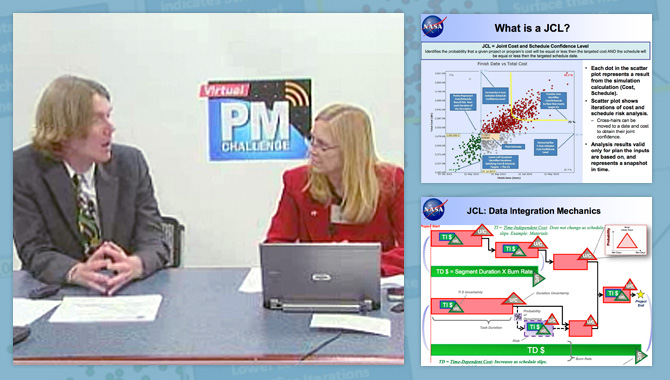
What are joint confidence levels, and what do they tell us about the state of a project?

What are joint confidence levels, and what do they tell us about the state of a project?
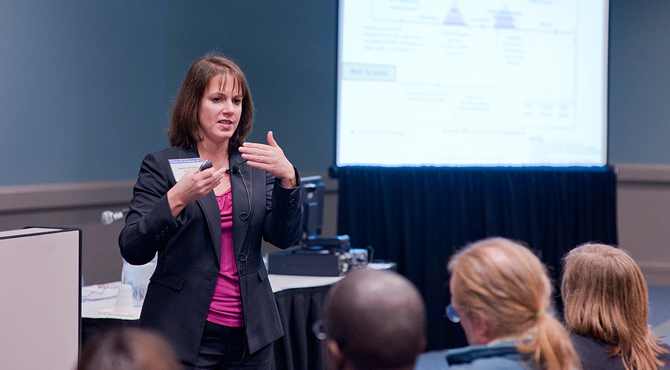
Knowledge, safety, and program planning and control served as the first three topics for NASA’s Virtual Project Management (PM) Challenge series.
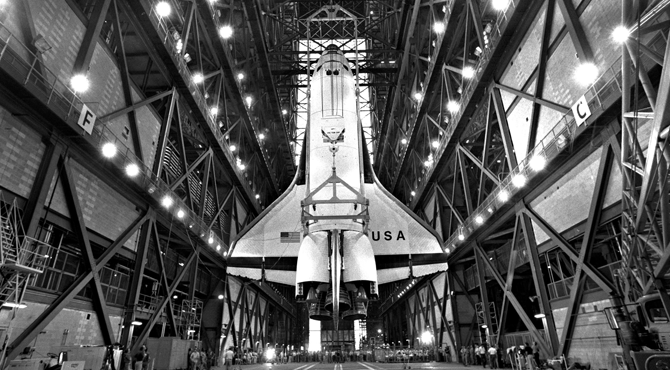
The Human Exploration Operations Mission Directorate (HEOMD) released a new online module that captures lessons from the Columbia accident investigation process.

Daria Topousis discusses knowledge management on the NASA Engineering Network (NEN).

Thirty-four years ago, NASA’s first space station fell to Earth in rural Australia.
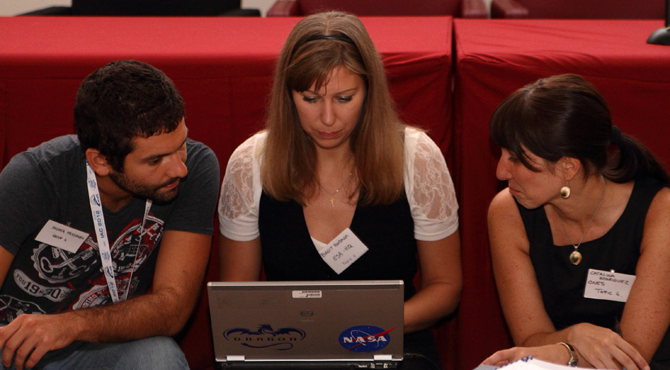
Is there a mismatch between the research competencies college graduates bring to the workplace and what employers expect from them?

Ed Hoffman talks about his transition into the role of NASA Chief Knowledge Officer full time.
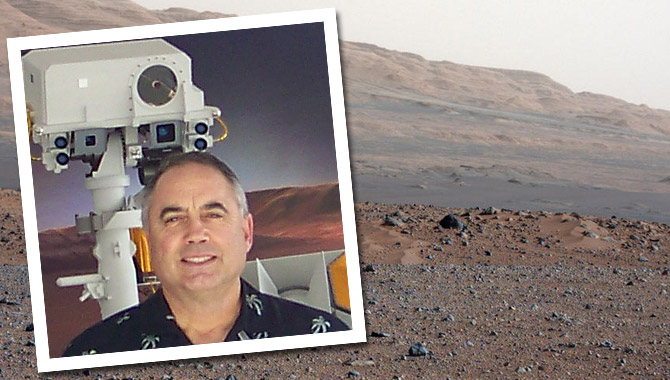
David Oberhettinger discusses knowledge management at the Jet Propulsion Laboratory.

Newly appointed APPEL Director Roger Forsgren shares his insight into what’s to come for program/project management and engineering training at NASA.